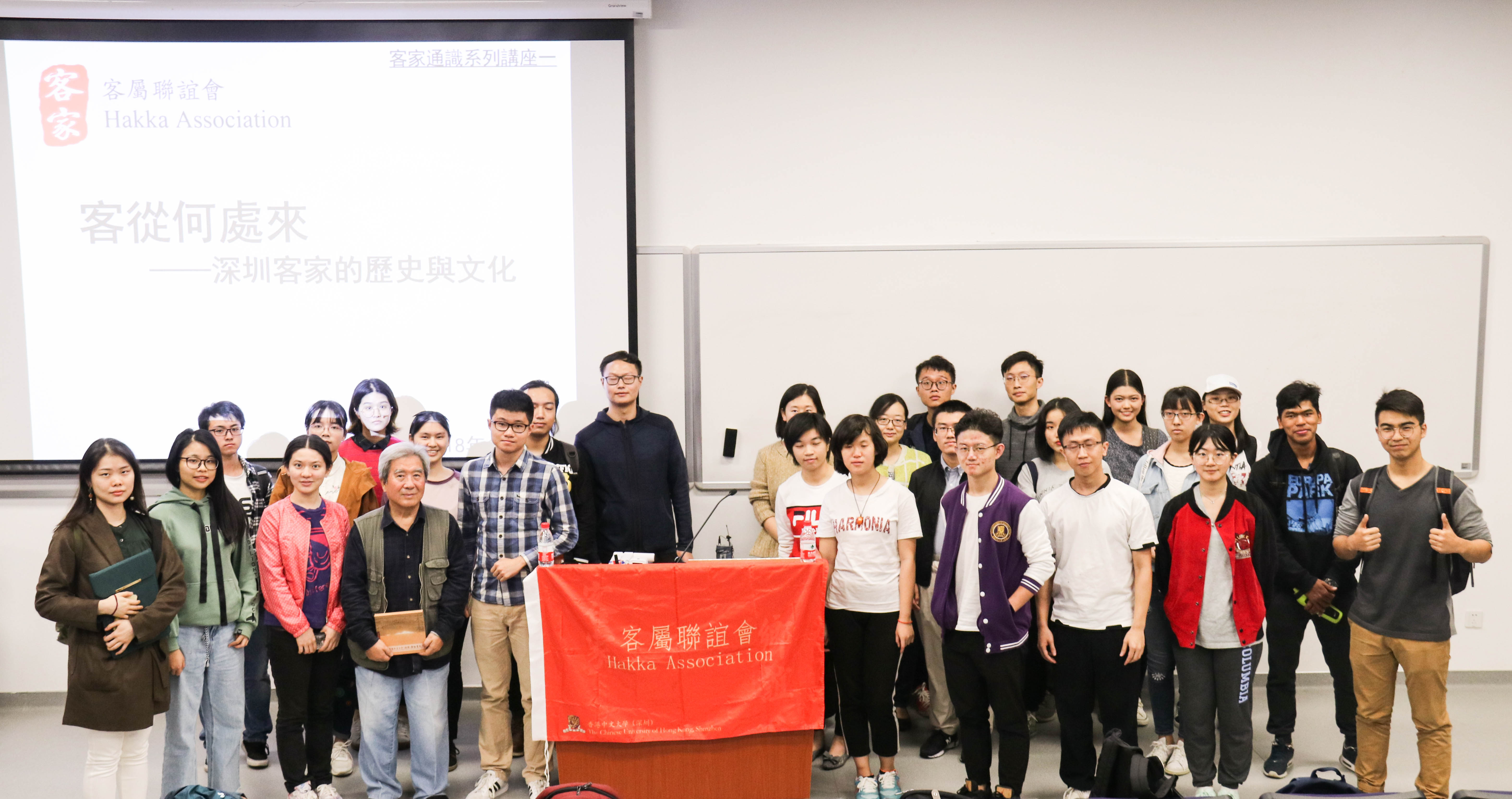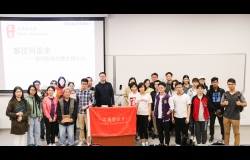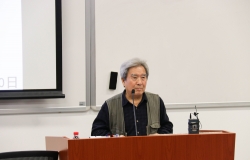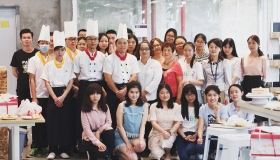The 9th Diligentia et Sapientia: the history and culture of Hakka in Shenzhen
As Mr. Liang Wendao says in his book Taste- The First Sin: “Food, like people, migrates, changes and takes root. In fact, all food is Hakka food, all people are Hakka.” From the first step out of the chaos of Wei and Jin Dynasty, the Hakka would be destined to be long-standing and well-established in Chinese history. Whether they are ancient Hakka dwellings, sweet and soft Hakka food, or Hakka dialect, even the dance, music, folk arts and crafts, all the Hakka culture express the belief to life. Diligentia College, with Hakka Association, had the honor to invite Prof. Zhang Weidong, President of Shenzhen Hakka Research Association, to talk about the history of Hakka and appreciate the charm Hakka culture.

Any place can be home to Hakka
During Wei and Jin Dynasty, the "War of the Eight Princes" was lamented and the "Uprising of the Five Barbarians" came in a violent way. The people in the central plains were exiled by the war, which made them extremely hasty. At the end of the Tang Dynasty, Nanzhao invaded, Huang Chao rebelled, and Wang Chao entered Fujian. Its near reached east and southern Jiangxi, Fujian, far was in "Huizhou, Jiaxing, Shaoguan" and other places. However, the historical shock did not stop here. In early Yuan Dynasty of Southern Song Dynasty, the army of Yuanjin invaded, the mountains and rivers were broken, and in a piece of confusion, the Hakka ancestors were displaced from place to place all the way to the east of Guangdong, and after a hundred years of trials and tribulations, finally in the middle of the Ming Dynasty, the Hakka people system was formed. Perhaps the time has never passed peacefully through any era. At the beginning of the Qing Dynasty, the government decrees such as "filling the river with lakes and rivers" and "moving the sea to restore the boundary" broke the Hakka's residence. Hakka once again had to uproot into Guangdong, Taiwan, and the South Sea. Then, in the late Qing Dynasty "Fighting in Xianfeng and Tongzhi Dynasties" and the Taiping Rebellion forced the Hakka from the pearl river delta to southern Guangdong, Hainan Island, Guangxi and even overseas. From the central plains to the rest of the world, Hakka families are now found in Guangdong, Fujian, Jiangxi, Guangxi, Sichuan, Taiwan and other provinces in China, and even as far away as Indonesia, Malaysia, Laos, Cambodia, Singapore, Thailand and other countries. Hakka people walk into the world with their perseverance, Hakka culture and Chinese civilization.
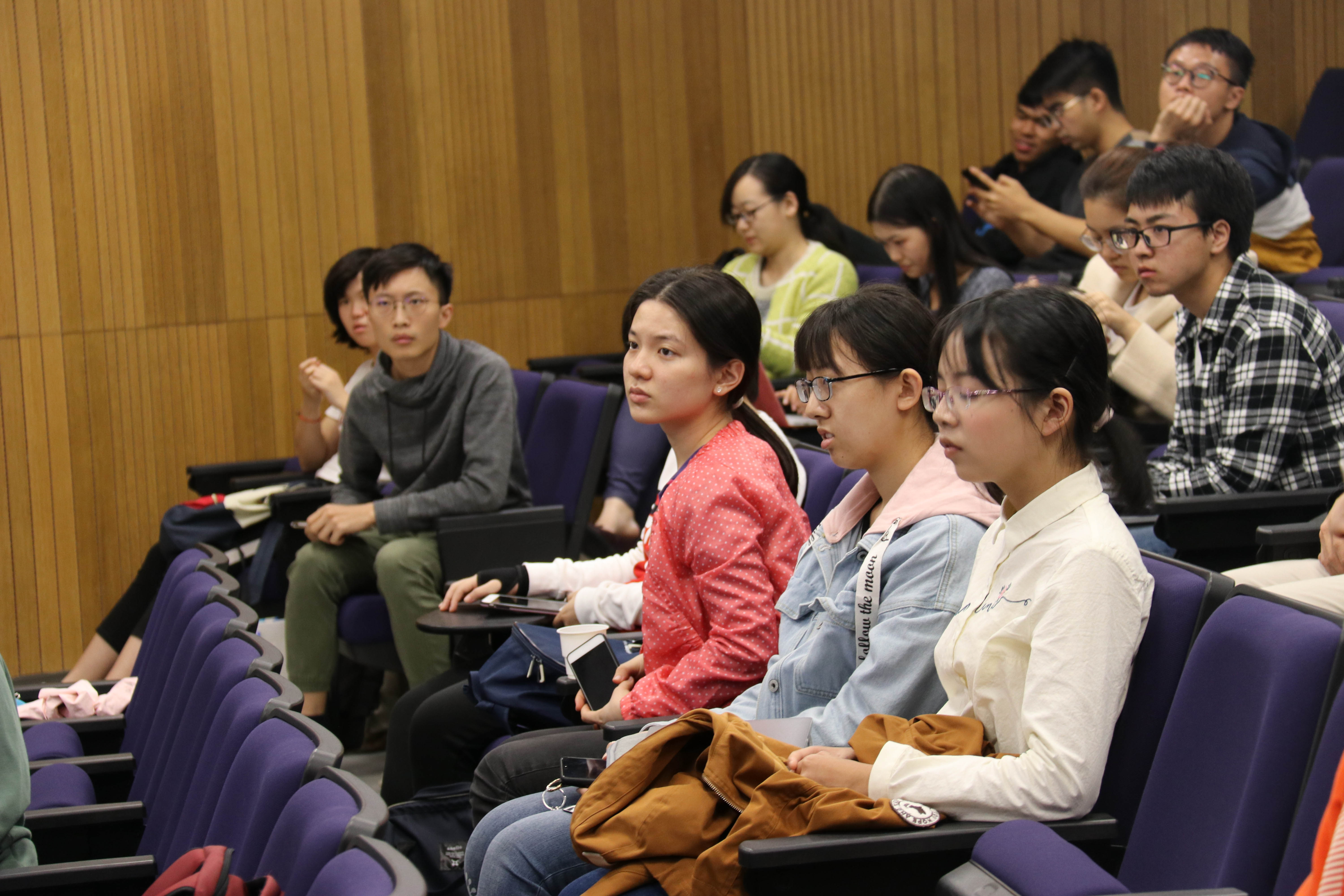
Hakka dialect expresses Hakka voice
Hakka dialect is a living fossil of ancient Chinese. From Qiu Yun in Sui Dynasty to Guang Yun in Song Dynasty; From Hongwu Zheng Yun in early Ming Dynasty to Jiaotai Yun in late Ming Dynasty, Hakka dialect carefully collected the fruit of its history and migration. Whether the rhymes are Xian and Shan or Shen and Zhen, Hakka dialect cares about every tone, meticulously polishes every Hakka imprint. Also, there are extraordinary Hakka nursery rhymes, which are widely spread in Guangdong, Fujian and Jiangxi. Even though no one knows the origin of these different versions of different tones, Hakka native ethics and etiquette enter into the hearts of every Hakka unconsciously.
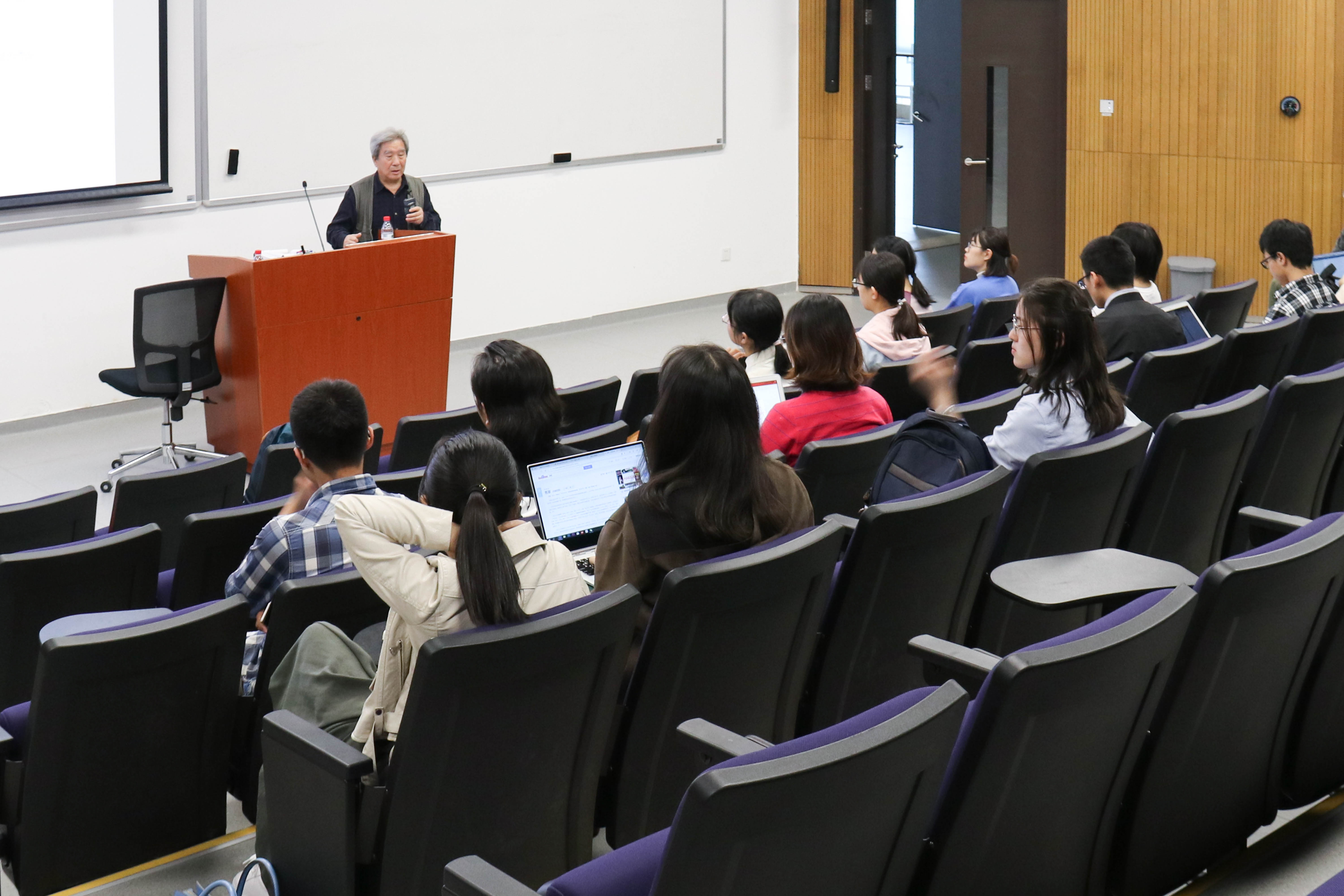
Hakka people live in Hakka architecture
Although Hakka architectures are various in types and forms, it should always be in harmony with the simple wisdom of Hakka people. Whether it is the row house with thick eaves and high walls, the smart and neat roundhouse or the extraordinary Fujian Tulou, each kind of Hakka folk house highlights the military intention of defending against foreign enemies while never forgetting the convenience, comfort and happiness of daily living. This is not only a compromise with the turmoil but also a portrayal of the Hakka life. Between the radius, Hakka houses scattered in the mountains, green grass adobe, tender and simple, rare and precious. Where did Hakka come from? From the long history of migration, from the changes of Hakka dialect, from the legendary of Hakka architectures... For thousands of years, the Hakka culture has been sown, nurtured, enriched and transferred along with the migration of Hakka people. It has been tempered step by step and has become more durable, reflecting the tenacity of Han nationality and the brilliant light of the Chinese culture. May the Hakka history moving forward all the way, may this section of Chinese epic continue its glory.
